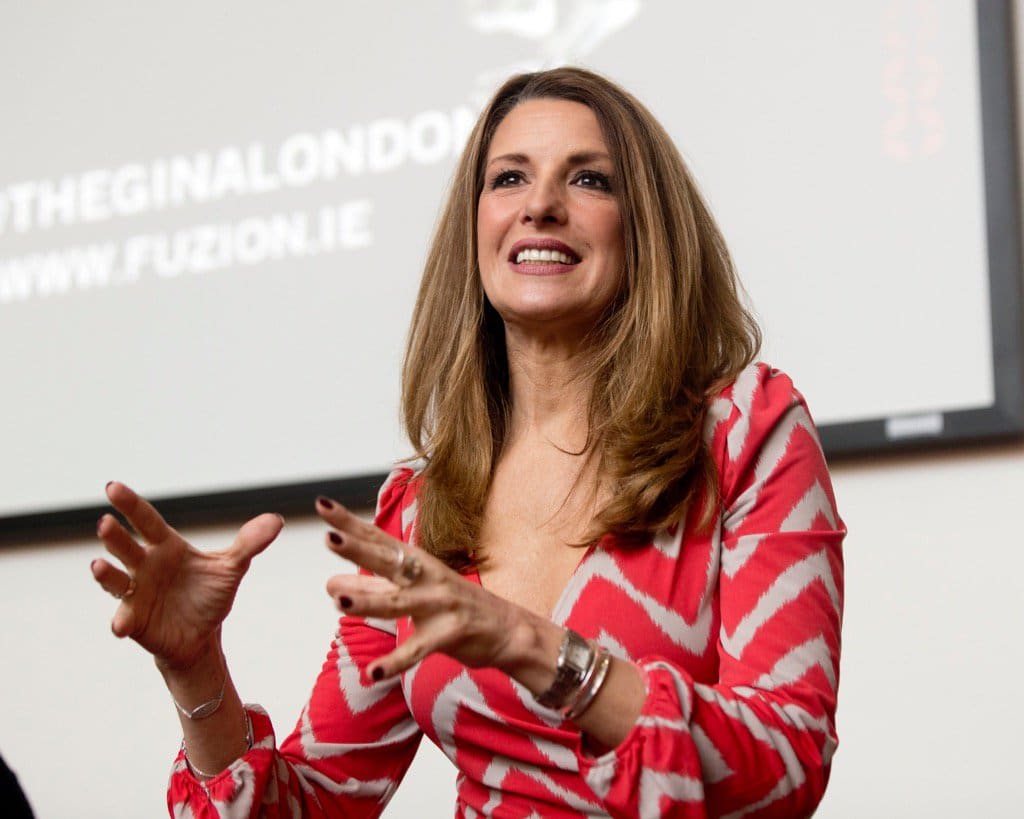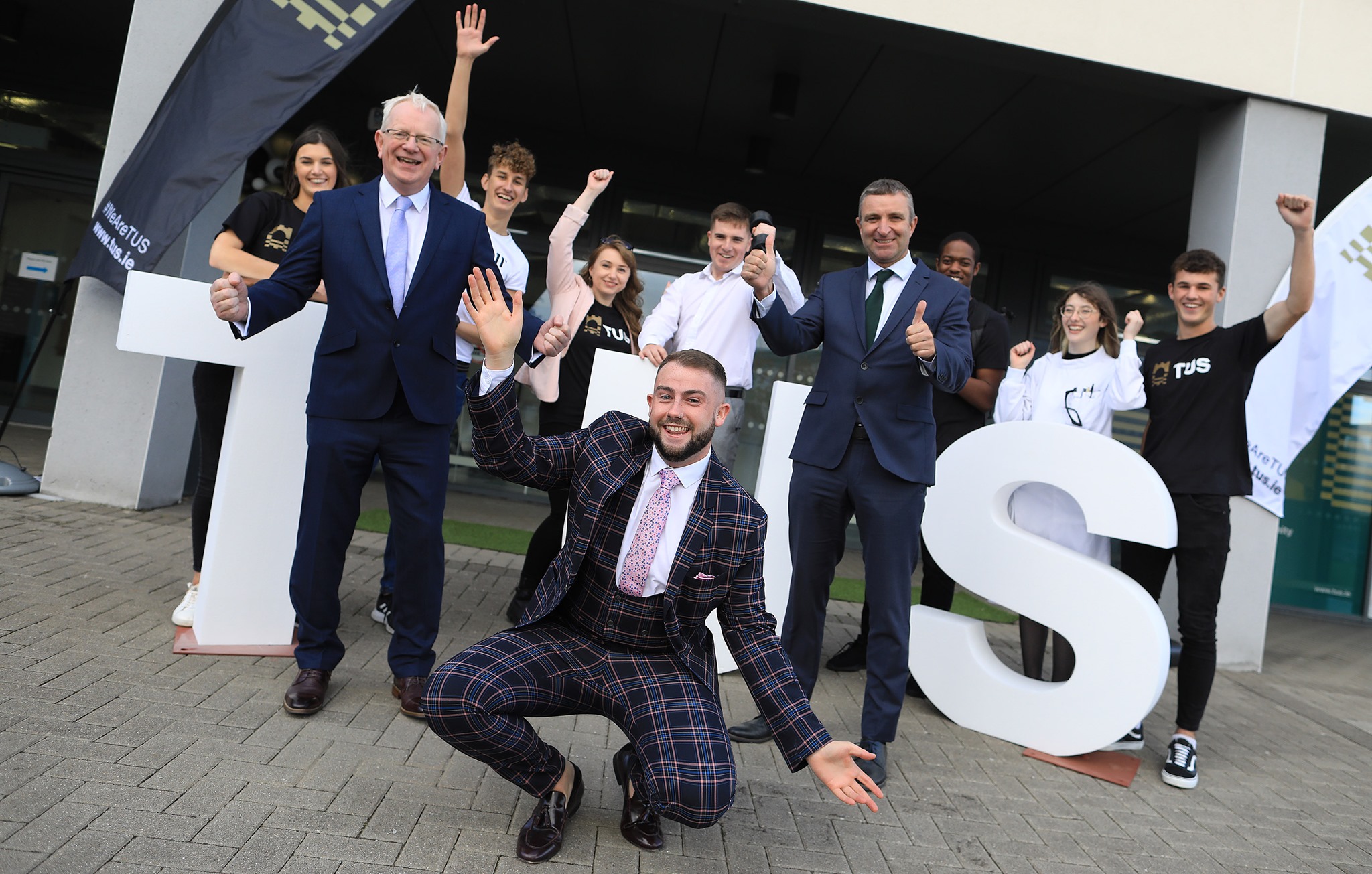You are likely hoping to persuade your audience of something or trying to motivate them to do something, aren’t you? Therefore, finding a way to demonstrate that you care about the people with you in the room when you present is precisely the way to encourage them to care for you and your position.
Last week, when I emceed the Irish Centre for Business Excellence conference, keynote speaker, psychologist, and author, Owen Fitzpatrick, reinforced this idea as he explained how influence is best achieved when you spend time asking questions of and taking an interest in the other person first.
In short, we teach people how we want to be treated.
For many, this “be likeable” notion might not come naturally. Instead, we focus on our proof points and logic to carry us through. Sorry, folks, because I do want you to like me but, blech – that is often super boring.
But knowing some need a structure to dial up on “likeable”, I teach my clients to apply a logic-based methodology.
Derived from communications lecturer JD Schramm of Stanford’s Graduate School of Business, this approach helps you get systematic in your presentation preparation – especially if you’re not naturally inclined to consider others.
The methodology is boiled down to three simple letters: AIM.
Audience. Intent. Message. In that order.
1 Audience
Take a moment to consider who is in your audience.
Are they new-hires or veterans? Senior management or the executive board? Women or men? Both? Other? Do they prefer Elvis or the Beatles? PCs or Macs? Coffee or Tea? For my Irish audience, Barry’s or Lyons?
When CNN first promoted me to anchor, they sent me to an anchor-training school in Dallas, Texas.
I didn’t realise there was such a place. There is. One thing the trainer told me back then in Texas particularly stuck with me.
He said that no matter how dry or dense a story may seem, someone out there watching will be emotionally affected by it.
“Every story has a ‘hope, dream or fear’ attached to it,” he said. It’s important to try to see the pictures inside their heads.
I sometimes ask clients to write their presentation agenda.
Next, write a second agenda from the audience’s point of view. Then I have them throw out that first agenda and begin again from the second one.
This is what I mean by truly considering the others’ points of view.
2 Intent
Your intent is never simply to inform.
If you’re just doing that, then you might as well simply put your information in an email and hit the send button. You must be trying to motivate or inspire your audience to some sort of action.
Define your goal very clearly. Too often I see this one overlooked.
The goal is too broad and ill-defined. What is it exactly that you want your audience to do after you’re finished speaking? Even if it’s just to agree to another meeting. That’s okay. Be very specific.
3 Message
Only after you have dealt with points one and two should you move on to craft your message. Like intent, this must be clear too. Write it down. One sentence!
Here’s the definition I learned from organising campaigns:
A message is “Brief, Memorable, Repeatable, Emotional and Data-backed“.
But it’s not only the data. While supportive, taken stand-alone, data dumps, as I already mentioned, are often dry and boring.
Your message is your ‘call to action‘ – your spoken declaration of your written intent, your motivation!
State it clearly and state it often. Don’t assume your audience is just “getting it“.
If you know your AIM, before you start writing, you will be better at framing and outlining your talk.
A client wrote to me just this week proclaiming that he now realises “this isn’t going to be an easy fix. It will take serious effort“.
He’s right!
Here’s a prime example from one of the readers of my column:
The 82-year-old writer shared that he learned how “to think and speak more clearly” through communications training.
He applies the training all the time, including just last Saturday when he said a few words at his 80-year-old sister’s birthday party in London. “Communications training has become a way of life.“, he wrote.
To my client and you lovely people reading today: Exactly.
Applying AIM and becoming deliberately more likeable to your audience will take time. But I promise, it is worth it.
From presentations, to one-on-one scenarios, from spoken to written if you have a question about communications that you would like me to deal with in my column in the Sunday Independent please send me an email at gina@fuzion.ie .
Gina London is a former CNN anchor and international campaign strategist who is now a Strategic Communications director with Fuzion Communications. She serves as media commentator, emcee and corporate consultant. @TheGinaLondon










